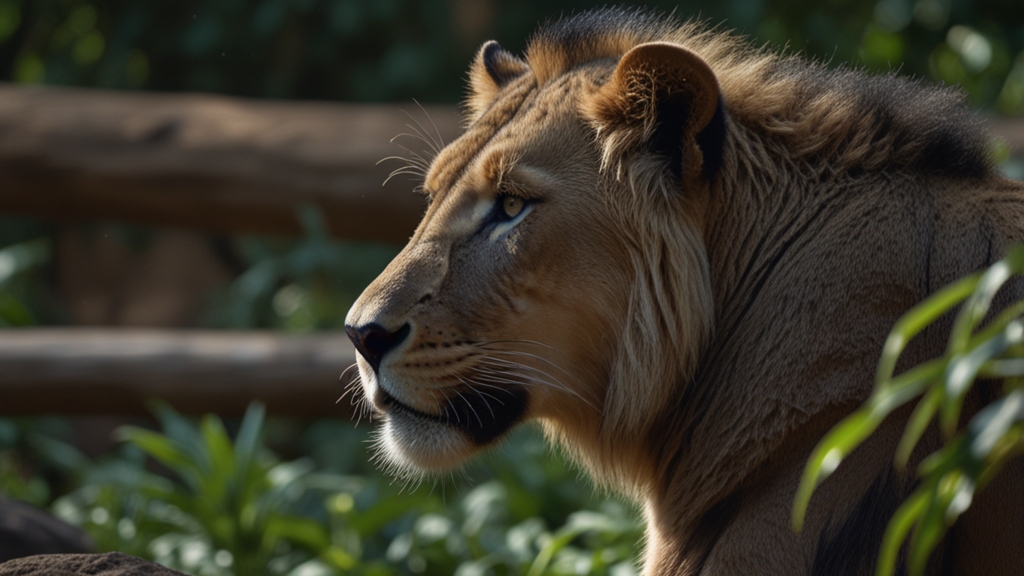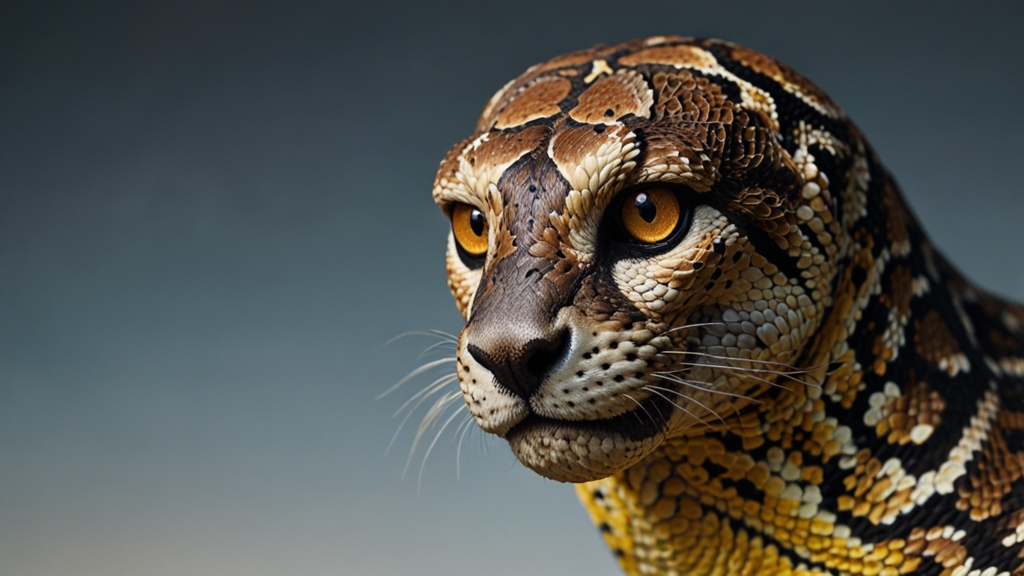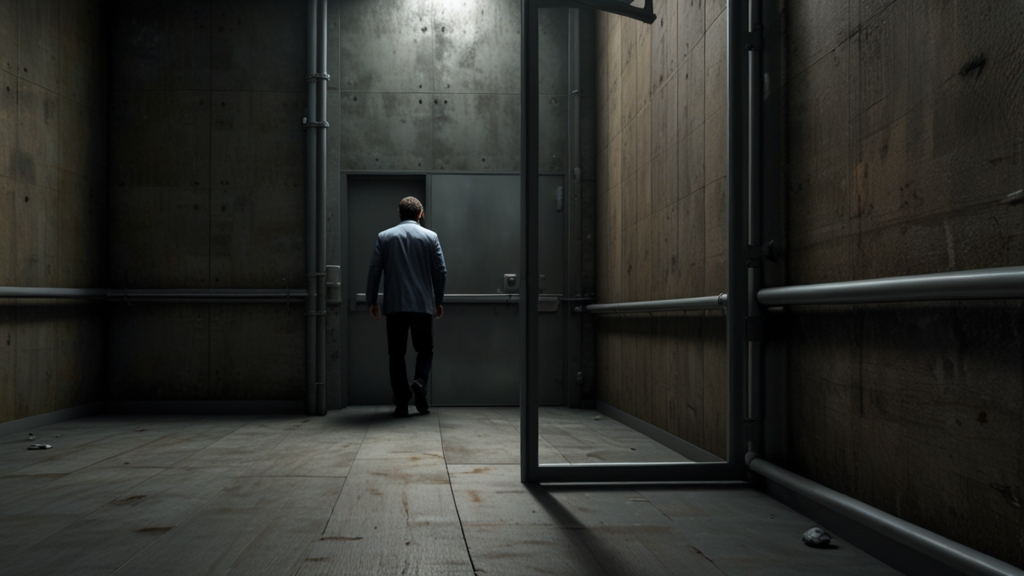Captive but Caring: The Role of Zoos in Species Survival
In the contemporary world, where species extinction rates are alarmingly high, zoos have emerged as pivotal institutions in the conservation and survival of wildlife. Contrary to the outdated perception of zoos as mere places of entertainment, modern zoos are crucial for education, research, and breeding programs that aim to maintain and revive animal populations.
Conservation and Breeding Programs
One of the most significant contributions of zoos to species survival is through comprehensive conservation and breeding programs. These initiatives focus on breeding endangered species in captivity with the goal of eventually reintroducing them into their natural habitats. Zoos collaborate globally, sharing knowledge and genetic materials to ensure the sustainability of these programs.
For example, the success of the California Condor breeding program, initiated by the San Diego Zoo, has seen the once nearly extinct population of condors rise substantially. This remarkable outcome underscores the zoo's role in active species revival.
Educational Outreach
Zoos serve as vital educational platforms that raise public awareness about the plight of endangered species and the importance of biodiversity. Through interactive exhibits, educational talks, and hands-on activities, zoos can inspire visitors of all ages to become more informed and involved in wildlife conservation efforts.
By educating the public, zoos help foster a culture of conservation-minded individuals who can contribute to and support broader conservation initiatives outside the zoo environment.
Scientific Research
Conducting scientific research is another key role that modern zoos play in species survival. Many zoos have dedicated research facilities and collaborate with universities, conservation organizations, and government agencies. This research can range from understanding animal behavior and health to developing new techniques for breeding and reintroduction.
The study of giant pandas at the Smithsonian's National Zoo has led to significant advancements in breeding techniques that have been shared with reserves in China, directly contributing to the stabilization of the species' population.
Rescue and Rehabilitation
Zoos are often first responders in rescue and rehabilitation efforts for injured, orphaned, or illegally trafficked wildlife. Animals that have been rescued from poor conditions or illegal trade are given a chance to recuperate and, where possible, be released back into the wild.
Some zoos also function as sanctuary spaces for animals that can no longer survive in the wild due to various reasons such as injuries or loss of habitat. These sanctuaries provide a safe haven where these animals can live out their lives in a controlled, supportive environment.
Conclusion
While the idea of captivity can evoke mixed feelings, it is clear that modern zoos play a crucial role in the survival of many species. Through focused conservation and breeding programs, comprehensive educational outreach, rigorous scientific research, and dedicated rescue and rehabilitation work, zoos are at the forefront of efforts to prevent species extinction and promote biodiversity.
Ultimately, zoos are evolving from mere attractions to vital institutions that aid in the preservation of our planet's wildlife, bridging the gap between human curiosity and the critical need for conservation.
As we move forward, the role of zoos in conservation will undoubtedly continue to expand, making them indispensable allies in the fight against species extinction.









